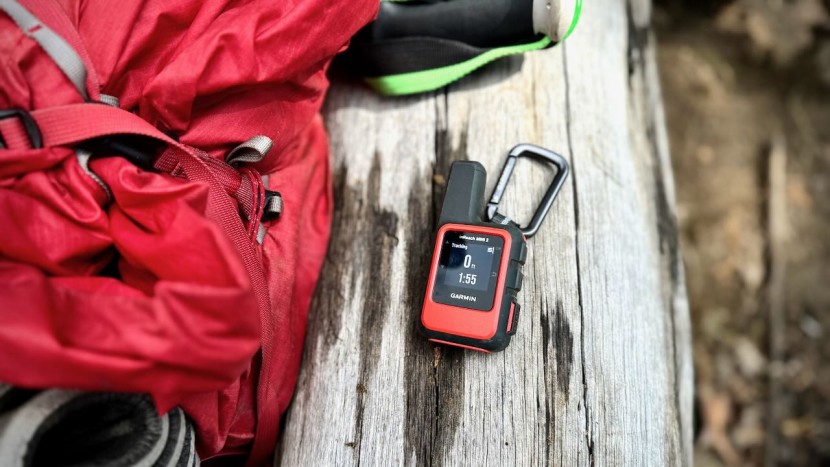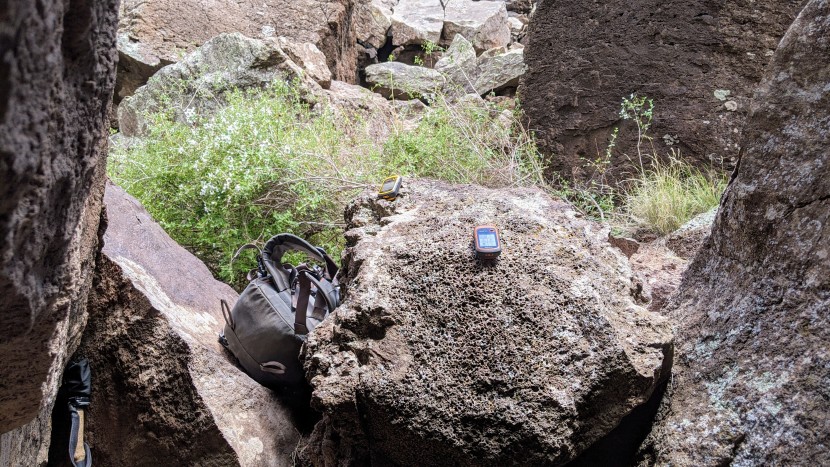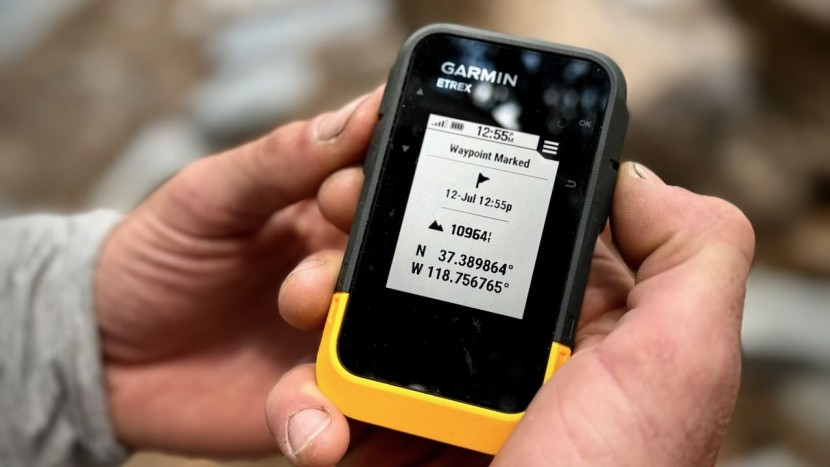In the testing of handheld GPS units, our testers have endured rain and snow, been stuck in the mud, and below a dense canopy of trees, and even endured sunburns beneath the intense desert sun. We've taken these devices everywhere from ski touring in Alaska and Colorado, canyoneering in Utah and Arizona, and finally on high traverses and climbing objectives in the High Sierra. We've tried to get lost in the dark, deep in the woods, and within rolling desert mesas and subalpine forests, where every juniper and lodegpole pine look the same. In doing so, we've come up with what we think are the best handheld GPS units out there. Here's how we did it.
Battery Life
Since battery life is one of the main considerations for a handheld GPS unit, often far superior to modern smart phones, our testers extended the testing period so that we could carefully evaluate the advertised battery life of each specific unit. We recorded the amount of time it took to fully charge each unit before turning on the device to measure the length of the battery life while in the basic default mode, while tracking, and finally when set in the battery extending expedition mode. After noting the various battery saving features as well as those features that greatly impacted the life of the battery, we awarded units with the longest battery life and essential battery saving features with the highest scores.
Navigation Performance
In order to evaluate the navigation performance of each unit, we considered everything from tracking, to how quickly and accurately each device connected to satellites in various terrain, to how easily maps were downloaded, and more. We hit the same trailed loop with each device to objectively measure and compare the accuracy of the tracking mode as well as the clear discrepancies, before recording the performance of each device or lack thereof. While evaluating the reception, our testers took them on trips all over the place while observing how easily, quickly, and accurately they got satellite reception. We also put them through the paces in challenging terrain, including heavy tree cover, slot canyons, and mountain valleys so that we could note the performance in various terrain types. We took into account the speed and accuracy of each device before award high scores to those with the most precise and consistent readings throughout on the grid travel.
Reception
Given that without reception a GPS unit is basically worthless, it became our first category to test and 20% of the overall score. We tested the reception the way we test most every qualitative measurement, by field testing. We took them on trips all over the place, and watched how easily, quickly, and accurately they got satellite reception. We also put them through the paces in challenging terrain, including heavy tree cover, slot canyons, and mountain valleys.
Ease of Use
There are plenty of things that make backcountry navigation difficult. Weather, darkness, and terrain already make figuring out a route complicated enough, so why make it harder with arcane and confusing controls on a GPS unit that is designed to aid in your backcountry adventure? After an extensive testing period, we recorded the experiences of both our lead tester and expert in the field as well as those new to modern GPS technology. We considered everything from the size and quality of the display screen, to the user interface, the ease of setup and overall configuration process, as well as ease of access through the main menu. The devices that supplied the most intuitive setup, the best user-friendly interface, and a modern display screen received higher scores within this important testing metric.
Portability
One of the main considerations of a handheld GPS device is the overall weight and size. These devices should allow for connectivity and messaging while traveling off the grid, through dense forests and wilderness zones, without adding a ton of weight and bulk to the human-powered experience. That being said, some of the devices tested for this review are larger and bulkier than others, making them a better choice for those who plan to use them while operating ATVs or other off-road vehicles. Ideally, the GPS units are light enough to keep in a jacket, attach to your backpack strap, or the pocket of your pants without being annoying or causing discomfort. In addition to the field testing each unit, we also weighed each device on our own independent scale. Compact and lightweight designs that remained helpful, easy to use, and functional received higher marks in this testing metric.
Versatility
While all GPS units have one main function (to provide positional and timing data), increasingly they come with a wide variety of extra functions and features that augment use in different applications. Some features, like expedition battery modes and cameras, increase usefulness for prolonged backcountry use and scientific surveys. Other features, like touchscreens, can detract from versatility by limiting battery life and use in cold weather environments, when gloves are a necessity. We took into account the overall depth of features included in each device such as app compatibility, digital barometers and compasses, mapping technology, as well as overall internal storage available within each given unit, those that offered superior versatility received higher scores.
Conclusion
After many days spent evaluating the pros and cons of each handheld GPS device, our testing team hopes their testing perspectives and evaluations are helpful when considering your next purchase for your specific needs.
We've also tested the top walkie talkies for communicating with your backcountry partner. Carrying devices like these can inspire confidence when you venture out of cell range, whether on skis or striding in a pair of top-rated hiking boots.





